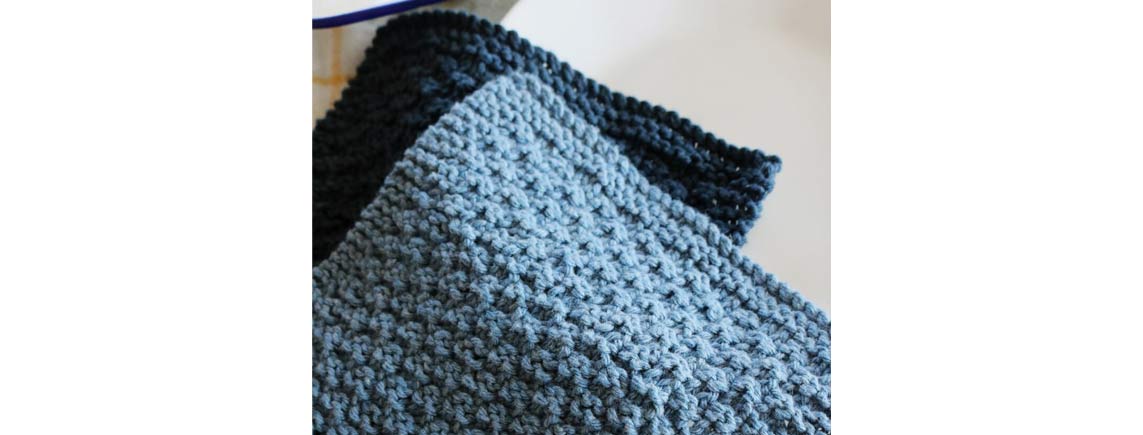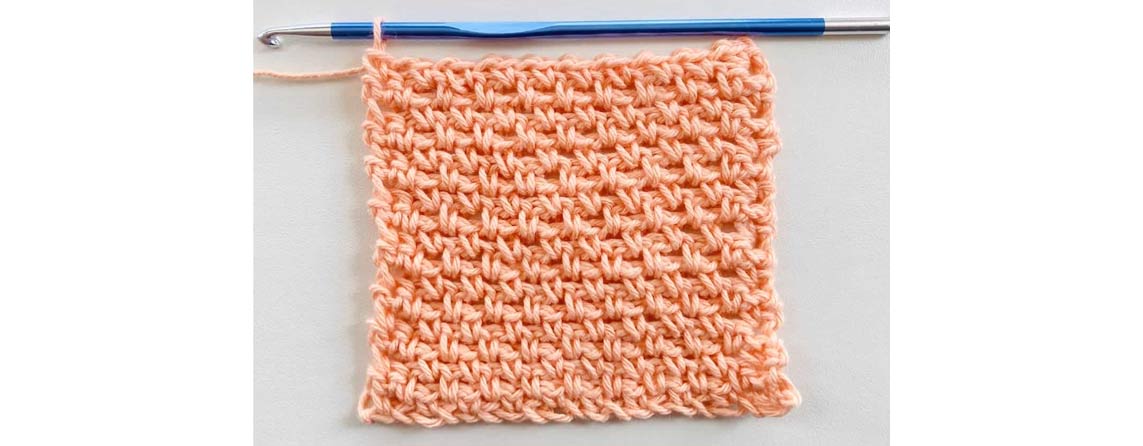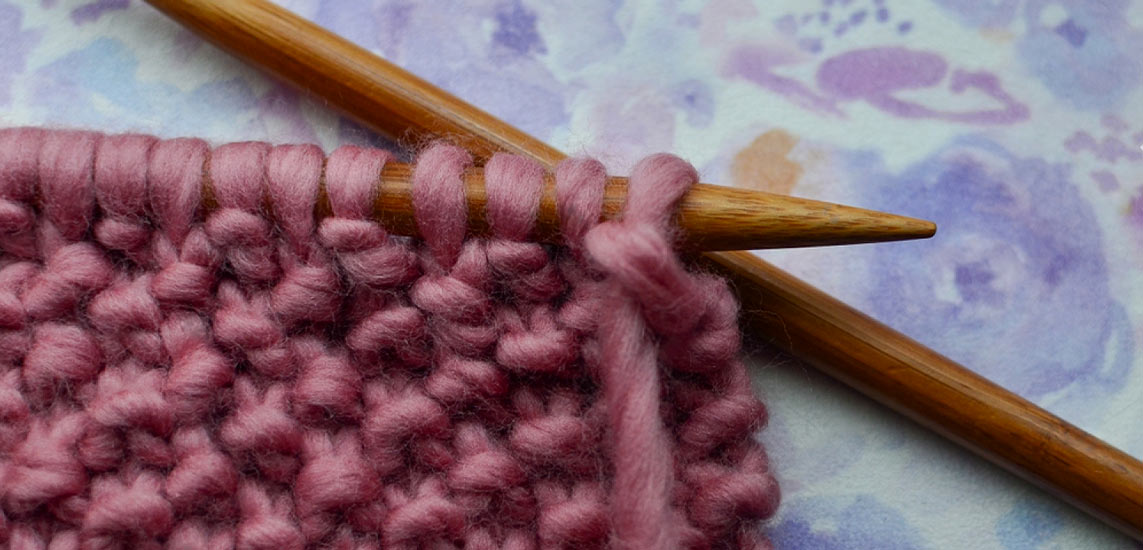Washcloths make a great first knitting project for beginners. Advanced knitters too love a quick project, and a knitted washcloth is perfect. Just get your knitting needles and some yarn, leftovers from other projects are fine too, and you have one ready. They are small, easy to learn, and portable. If you have a leftover yarn stash, the project is a good way to use it.
In this blog, we’ll take you through an easy pattern of moss stitch dishcloth. The British Moss Stitch is a two-row repeat stitch pattern while the American / Irish Moss Stitch is a four-row repeat stitch pattern. The textured design uses only knit and purl stitches. It is fun and the best thing is you don’t need a pattern designer. You can make them interesting with your own additions.
Why Knitting a Washcloth is Amazing?
Hand-knit washcloths (though you can also crochet one) are long-lasting and washable making them an eco-friendly way to clean up. They are also a clever way to use up any extra yarn you may have on hand. If you love using knitted washcloths in your kitchen, so will your friends and family members. Make a stack of them as a housewarming gift or include them with a baby shower or a wedding gift. Knit them up in colours to match the recipient's kitchen or keep them neutral. You can make a bunch of them to keep on hand for last-minute presents.

Here are a number of reasons why everybody should have one, or better yet, many hand-knitted washcloths in their bathrooms and kitchens. In fact, you can never have enough of them.
- They are useful to take off your makeup, wipe your toddler’s mouth, or wash your dishes (just not with the same one).
- Do you know how many paper towels one washcloth can save you? Just think about how they help save the environment and money.
- Knitting a washcloth can be completed in no time and is a great project for beginners. Remember, finishing a project will always give your self-esteem a boost.
- Washcloths are just the right size when you wish to try a new pattern, stitch, or technique. It gives you enough practice and does not bore you.
- They are a great project if you are on the go and do not want to carry around big or heavy projects. Perfect for knitting on a weekend getaway or a vacation.
- Washcloths make wonderful gifts, too.
Grab a skein of your favourite yarn and get ready to knit a washcloth or two!
Size/Finished Measurements
Width: 20 cm (8 inches). You can plan a size according to your needs.
Length: 20 cm (8 inches).
Gauge: 18 stitches and 24 rows = 4 inches in moss stitch.
Equipment / Tools you’ll need
- US 7 (4.5 mm) knitting needles – You can choose single-pointed needles or go for circular knitting needles.
- Yarn- 50-yard worsted-weight cotton yarn. Cotton is best since it’s washable. Just bear in mind that cotton yarn will shrink about 15 to 20 % when machine-washed.
- Scissors.
- Wool needle.
Instructions
Cast on
Using the knit cast-on or your own favourite method, cast on 35 stitches.
Knitting the Piece
To create the borders at the top and bottom, knit every stitch for rows 1 through 6. After that, knit the first 2 stitches of every row for side borders. This will also ensure that your washcloth lays flat. Work the rest of the dishcloth in moss stitch.
In the moss stitch, you alternate between knit and purl stitches and on the following rows you knit the purl stitches and purl the knit stitches. The result is a beautifully nubby fabric that helps scrub dishes or countertops as well as clean hands and more.

Rows 1 through 6: Knit.
Begin Moss Stitch
Row 8 (RS): *k1, p1; rep from * to end. In simple words, on the right side of the project knit one, purl one; repeat till the end of the row.
Row 9 (WS): *k1, p1; rep from * to end.
Row 10: *p1, k1; rep from * to end. This means purl one, knit one; repeat till the end of the row.
Row 11: *p1, k1; rep from * to end. This means purl one, knit one; repeat till the end of the row.
Rows 12-43: rep rows 8-11.
Rows 44-50: Knit.
Finishing
Bind off and weave in the end.
Make your project interesting
- Add some colour to your dishcloth! Work the garter stitch sections in a bright contrasting colour and leave the moss stitch section in natural or white.
- Add coasters, trivets, and even dish towels for a matching set perfect for gifting. Knit fewer rows for a coaster and add more stitches and rows for a trivet, while for towels work more rows in moss stitch to make a rectangle. Remember to plan an even number of stitches to keep the project in moss stitch!
We hope you have enjoyed creating this washcloth as much as we did. What will be your next project in the moss stitch?












